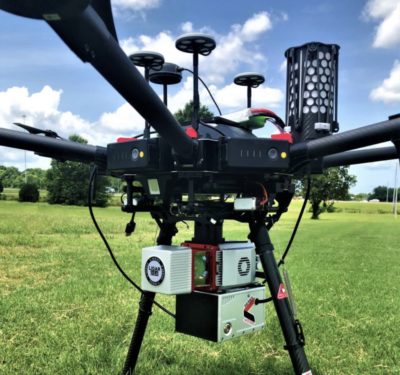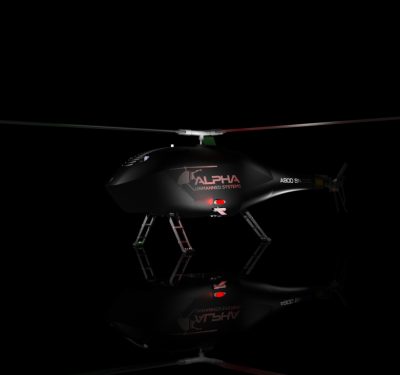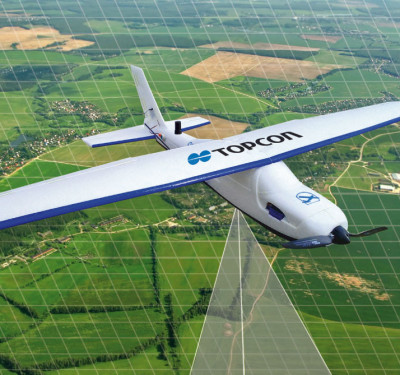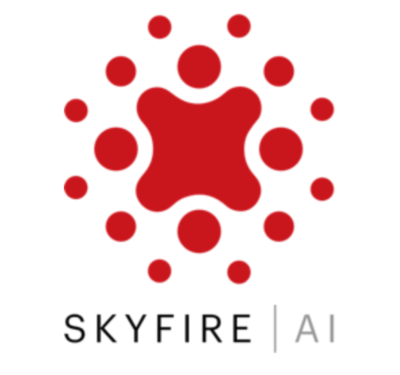Jeffrey Starr is the Chief Marketing Officer at D-Fend Solutions, a leading global provider of RF-cyber counter-drone solutions for sensitive and challenging environments. Jeffrey has served in CMO and executive roles for fast growing companies in the security, public safety, defense, compliance, and risk management sectors.

Q: D-Fend Solutions recently introduced the EnforceAir2 Maritime system. How does this system address the unique challenges of naval and maritime environments, and what advantages does it offer for counter-drone operations in these settings?
A: The EnforceAir2 Maritime system represents a significant leap forward in counter-drone technology for naval and maritime environments. These settings present unique challenges, including salt water corrosion, constant motion, and the need for seamless integration with existing shipboard systems. Our system is specifically designed to withstand these harsh conditions while providing unparalleled drone detection and mitigation capabilities.
The EnforceAir2 Maritime employs advanced RF cyber-takeover technology, allowing for precise detection and safe mitigation of rogue drones without disrupting critical ship communications or navigation systems. Its ability to operate effectively in high-interference environments, such as busy ports or during naval exercises, sets it apart from traditional counter-UAS solutions.
Moreover, the system’s modular design allows for easy integration with existing maritime defense systems, enhancing overall situational awareness and response capabilities. This adaptability is crucial in addressing the evolving drone threat landscape in maritime settings, from potential espionage attempts to more serious security risks.
Q: With D-Fend Solutions securing $31 million in funding to enhance its cyber counter-drone technology, what specific advancements or expansions are planned to address the evolving landscape of drone threats?
A: The recent $31 million funding round is a testament to the industry’s recognition of our innovative approach to counter-drone technology. This investment will fuel several key initiatives aimed at staying ahead of the rapidly evolving drone threat landscape.
We will continue to expand our R&D efforts to enhance our RF cyber-takeover capabilities, focusing on countering increasingly sophisticated drone technology and always improving our ability to mitigate varied types of incursions and attacks. We are also investing in technologies to bolster our threat assessment and automated response capabilities.
We are broadening our product capabilities to address a wider range of operational environments and use cases. This includes continually developing both portable solutions for rapid deployment scenarios and enhancing our fixed installation systems for sensitive site use cases such as critical infrastructure protection.
We are also expanding our global presence to better serve international markets and collaborate with local partners. This expansion will allow us to tailor our solutions to region-specific challenges and frameworks.
Q: D-Fend Solutions has announced various collaborations to test C-UAS capabilities in various environments, including airports. What key insights have emerged from these evaluations, and how might they shape future C-UAS deployments in both civilian and military contexts?
A: Our collaboration projects with various military, governmental, and aviation organizations yield valuable insights that are shaping the future of C-UAS technology. One key aspect is the critical importance of eliminating or minimizing collateral effects in sensitive environments like airports. Our RF cyber-takeover technology has constantly demonstrated superior performance in this regard, allowing for precise drone detection and mitigation without disrupting essential communications or navigation systems.
We have also gained significant insights into the complexities of integrating C-UAS solutions with existing security infrastructure. This has led to the development of more flexible and interoperable systems that can seamlessly work alongside other defense technologies.
Another crucial insight is the need for rapid adaptability in the face of evolving drone threats. Our software-defined approach allows for quick updates to counter new drone models or communication protocols, a capability that has proven invaluable in both military and civilian contexts.
These findings are influencing future C-UAS deployments by emphasizing the need for solutions that are not only effective but also safe, adaptable, and capable of operating in complex, multi-layered security environments.
Q: How does D-Fend Solutions’ RF cyber-takeover technology differentiate itself from traditional C-UAS methods in terms of effectiveness, control, and safety, particularly when addressing increasingly sophisticated drone threats?
A: D-Fend Solutions’ RF cyber-takeover technology represents a paradigm shift in counter-drone operations, offering significant advantages over traditional C-UAS methods in both effectiveness and safety.
Our technology provides unparalleled precision in threat mitigation. Unlike jamming or kinetic solutions, which can have indiscriminate effects, our system can identify and take control of specific rogue drones without affecting authorized UAV operations or other communication systems. This precision is crucial in sensitive environments like airports, urban areas, or critical infrastructure sites where continuity of operations is paramount.
Our approach offers a safe mitigation option. By taking control of the rogue drone, we can guide it to a predetermined safe landing zone, eliminating the risks associated with kinetic solutions such as drone debris or uncontrolled crashes.
Furthermore, our technology is highly effective against sophisticated threats. It can adapt to various drone models and communication protocols. This adaptability is crucial as drone technology continues to evolve rapidly.
Q: As global regulatory focus intensifies on drone identification and Remote ID standards, how is D-Fend aligning its C-UAS solutions to comply with and leverage these emerging policy frameworks?
A: At D-Fend Solutions, we recognize the critical importance of aligning our C-UAS solutions with evolving regulatory frameworks, particularly regarding drone identification and Remote ID standards. Our approach is twofold: ensuring compliance and leveraging these standards to enhance our counter-drone capabilities.
We are actively engaging with regulatory bodies and industry stakeholders to stay at the forefront of policy developments. This proactive stance allows us to adapt our technology in real-time, ensuring our solutions remain compliant with the latest standards.
We are leveraging Remote ID standards to enhance our threat detection and assessment capabilities. By integrating Remote ID data into our system, we can enhance overall system effectiveness and present more informed airspace awareness.
Having said that, we also avoid dependency on Remote ID, knowing that criminal or careless actors may not comply, and operators must safeguard against these drones as well.
Moreover, our capabilities can help operators identify both compliant and non-compliant drones. This capability is particularly valuable in environments where a mix of authorized and potentially unauthorized drones may be present.
Looking ahead, we see the integration of Remote ID and other regulatory standards as an opportunity to create more robust, interoperable C-UAS ecosystems. By aligning our solutions with these frameworks, we are not just supporting compliance – we are paving the way for more effective, coordinated counter-drone operations that can adapt to the evolving threat landscape while supporting the growth of safe, authorized drone use.






